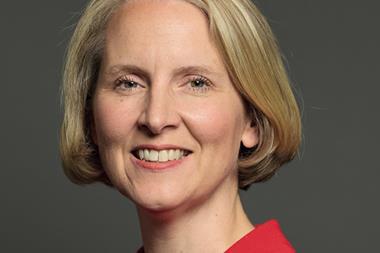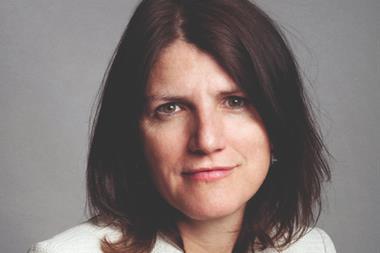Pension funds are urgently needed to finance the jobs and growth Europe desperately needs.
In theory, insurers, pension funds, endowments and other long-term investors will match their liability stream with long-term investments in the productive economy. So, over several economic cycles, their investments fund their liabilities, but their investments in government debt also help pay for the roads and schools that benefit current and future members and pensioners. Their equity and corporate-bond investments finance company growth and foster employment. Property and infrastructure investments help them attain real, inflation-linked cashflows, while also financing long-term economic expansion.
So governments receive long-term funding, companies receive finance to grow and society benefits from means to finance growth and employment. Pensions help secure purchasing power in old age and overall consumption levels. Pension funds, as long-terms shareholders and investors in the productive economy, help keep corporates on the straight and narrow through their voting power. This symbiotic relationship benefits all stakeholders in the chain of relationships that surround the pension fund business, the economy and wider society.
That, at least, is the theory. Greater noise in capital markets – high frequency traders, hedge funds and seemingly greater portfolio turnover among long-only investors – and a lack of checks on corporate behaviour and excesses has led policymakers to conclude that an excess of short-termism has broken out.
If there has been an excess of short-termism among institutional investors, the easy answer is to blame regulators and politicians who pursue policies aimed at promoting pension security, but whose medicine risks the long-term health of the patient.
Shorter holding periods in themselves do not suggest asset owners are necessarily running a short-term investment strategy. And a study into Dutch mutual fund and pension fund equity holding periods, commissioned by the Netherlands' institutional shareholders' group Eumedion, concludes that the local equity holding periods of the Dutch funds surveyed were actually quite long.
But where DB schemes remain open, regulatory policy and practice now dictates they hold greater amounts of capital to create buffers for each unit of risk they hold in their portfolio, while mark-to-market practice in both regulation and accounting leads to hedging-based strategies on swaps or government bond assets.
Government-bond investments largely finance current spending, while swaps replace sovereign risk with investment-bank counterparty. Both strategies divert capital away from investment in the productive economy. And in many countries there has been little policy impetus to replace defined benefit (DB) pensions with a defined contribution alternative. In still more countries there is little in the way of a funded pillar at all.
Diversionary arguments about short-term behaviour aside, demographics, and the fact that even open DB schemes are moving to a net cash-flow negative position, also contributes to these trends.
If the European Commission is indeed about to water down the first pillar of the Solvency II, which governs capital requirements, as some observers strongly believe it will, then it is to the great credit of the Commission.
Rather than tilting at windmills in some logically flawed plan to promote a single market in defined benefit collective pensions, which in any case have no market, the Commission should expend every effort in promoting funded pillars of pensions in every country of the European Union. No matter the colour of the flag, or the pillar they represent, these investors are urgently needed to finance the jobs and growth that Europe desperately needs and to keep the wheel of long-term capital turning.
This story was first published in the January issue of IPE magazine.


















No comments yet